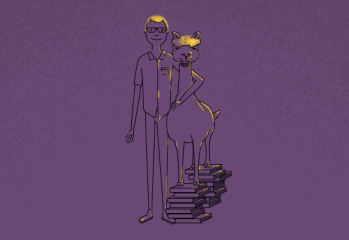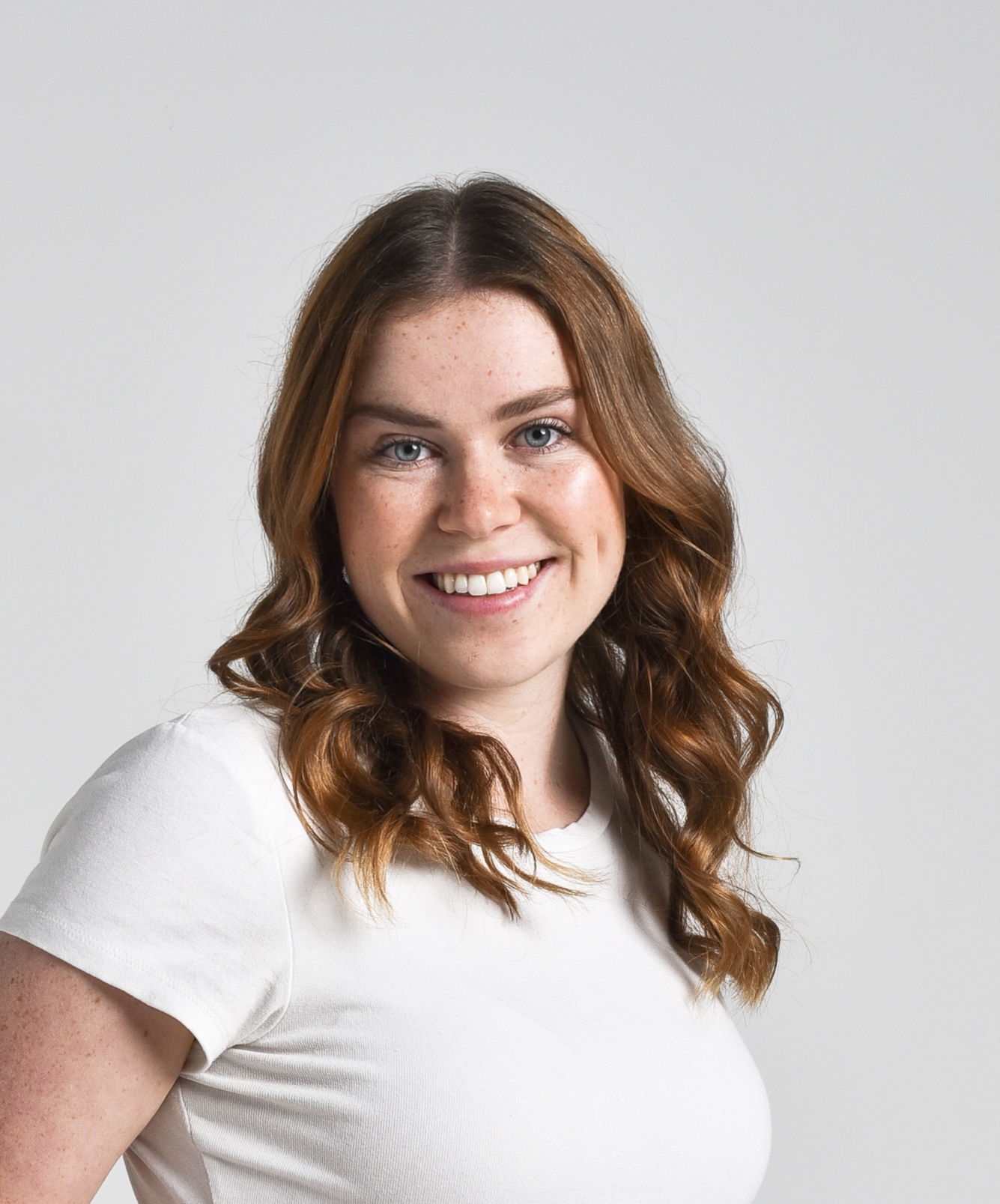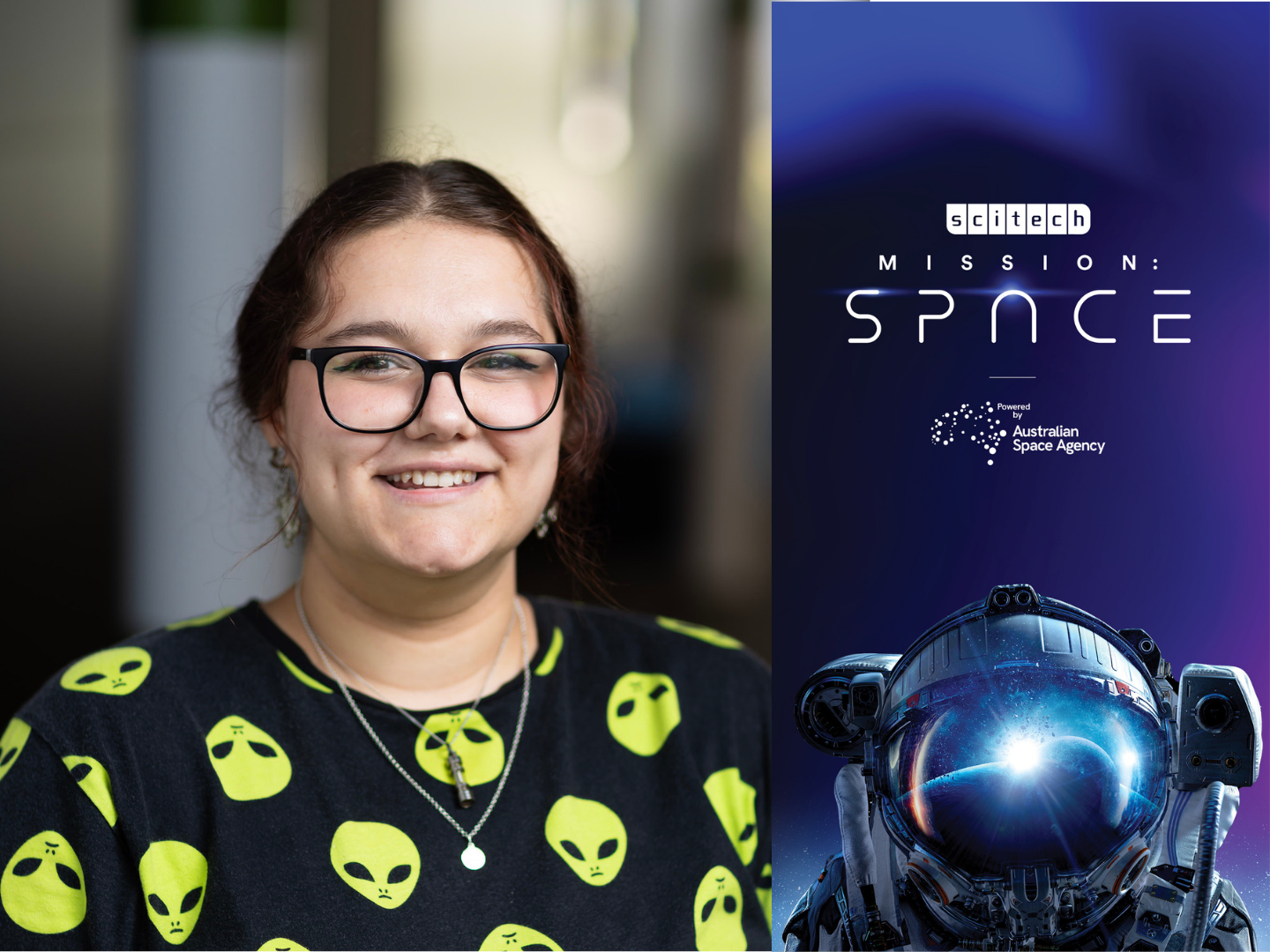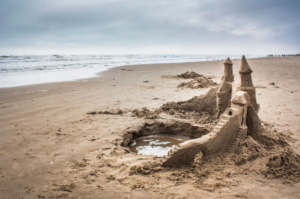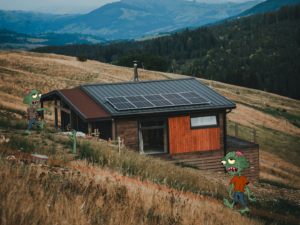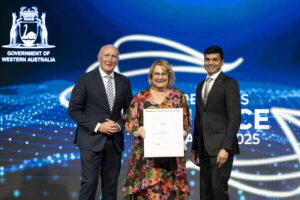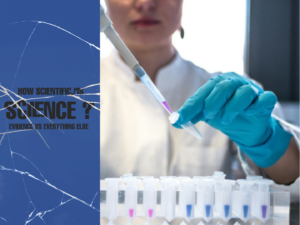Angie Waszewski loves space. As a kid, she would talk to the Moon and Orion constellation and now has dreams about visiting a radio telescope in the middle of WA.
“I’ve really liked space since I was little,” Angie says.
“I remember in primary school I had a little diary where I wrote down the time for sunrise, sunset, moonrise and moonset and Mars and Venus.
“I have no idea how I figured out that science was data recording, but I knew that I wanted to keep track of it and write it down.”
Casual stargazing as a kid led Angie to study a PhD on storms in space and what that might mean for everyone on Earth.
STAR STUDENT
At school, Angie studied physics, chemistry, English and maths.
“I ended up going down the physics route because I thought that was the only way to get into space,” Angie says.
“My physics teacher in high school was super encouraging and super passionate about space. He built an observatory at my school.
“The one thing I wish I did more was computer science. That would have actually been very useful for what I’m doing now.”
Caption: Angie and members of her school Astronomy Club looking at a photo of a galaxy taken with their telescope.
Credit: Supplied Angie Waszewski
After high school, Angie studied an undergraduate degree at university and then did an Honours year. Now, she’s working on a PhD at Curtin University, supported by the Research Training Program, ICRAR and CSIRO Space and Astronomy.
DARK AND STORMY
“My PhD is focused on the phenomenon that’s called interplanetary scintillation or IPS,” Angie says.
This is the scientific word for galaxies that twinkle.
“You can study the way that [galaxies] twinkle to track the movement of solar storms,” Angie explains.
These storms aren’t like those we experience on Earth. Angie says they occur when “a whole chunk of the Sun’s atmosphere gets blown into space”.
The phenomenon of solar storms has been studied since 1964, but Angie’s work utilises WA’s Murchison Widefield Array (MWA) radio telescope.
“We can see a lot more galaxies with the MWA [and] we can see these storms in a lot more detail.”
Caption: Angie presenting at the ICRAR Stargirls program, talking about her career pathway and PhD.
Credit: Supplied Angie Waszewski
Angie’s PhD is using the MWA to look at twinkling galaxies to better understand solar storms. But why is any of this important?
“If [solar storms] float away, that’s fine,” Angie says. “When these storms hit Earth … it can cause some problems.”
These storms can break and deorbit satellites. If storms are powerful enough, Angie says they can start breaking through more layers of Earth’s atmosphere.
“In really severe cases, it can cause problems to power grids.”
“It’s important to know how these storms move and when they were to hit so we can prepare.”
SPACE GIRLS
In addition to studying her PhD, Angie is a STEM Communicator at Curtin STEM Outreach.
This involves running workshops, organising student visits to campus and promoting STEM engagement.
“I love seeing the moment when kids are inspired. Whether that be about their future … [or] when they’re doing a workshop and they’re trying to do an activity they might be really struggling with, and then they have their light bulb moment.”
Caption: Angie at Astrofest with Curtin STEM Outreach.
Credit: Supplied Angie Waszewski
It’s not all space research and outreach, though. Angie is passionate about inspiring women in STEM, particularly space research.
“There are more [women] than I expected there to be,” Angie says. “It’s definitely not proportional … but it’s definitely changing.”
She encourages everyone to get involved in space, whether it’s studying astrophysics or watching an interesting Kurzgesagt video.
TO THE FUTURE
Angie’s dreams about working in space have certainly come true, and there’s still so much more to experience.
In the meantime, she is sharing her passion with others, and how space connects people with each other and to the universe.
“Knowing that thousands of years before me and thousands of years ahead of me people will be staring at the same sky, it’s very connecting, both to the universe and to other humans as well.”
Angie is involved in the Mission: SPACE program delivered by Scitech and powered by the Australian Space Agency. You can register for this nationwide virtual excursion here.
